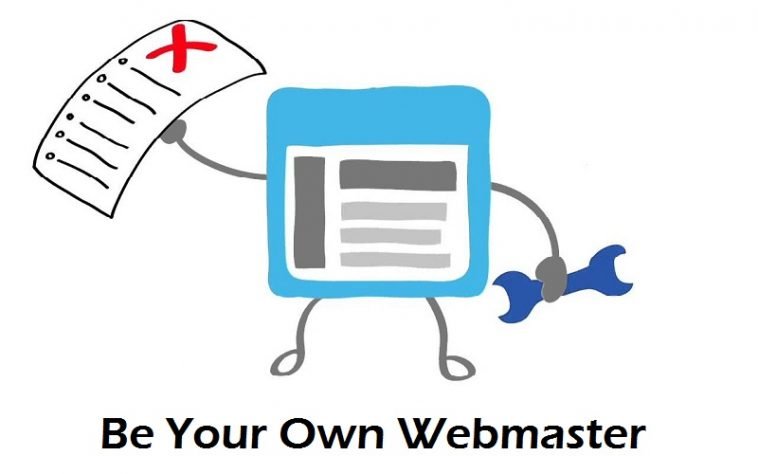Saying “I Do”
Starting any business is a huge commitment, not only of time and effort, but of money. You want to start off on the right foot and do things in a right way because getting it right the first time means you don’t have to pay for it twice. However, for novices, the first steps can be obscured by confusion over so many things. You have to think about the back office, inventory, accounting, payment gateway systems, stock-in-trade, and even how you will present yourself to the vast Internet shopping audience.
More Options Available
With web design, there’s a tendency to think that it’s a this-or-that choice. You may think that the first of two options is to hire a web design firm to whip out a functioning site the way a chef at a five-star restaurant produces a meal, and pay some five-star prices for it. The second option is presented as shelling out big bucks for a suite of creative website-building software, buying a raft of Dummies books, and making the site from scratch, hand-coding every step of the way. The former option might appeal to someone with no time, but a large amount of money. The latter might appeal to someone with a little less money, but a load of time. Most people run tight on both time and money, but there is a solution.
Nobody’s Going to Ask to See Your Creative Suite
As the web has become more accessible to businesses of every size, it was inevitable that even the costs associated with web design would come down. In a short period of time, design technology has become simplified enough for an end-user to accomplish what used to take a webmaster many hours of work. A WYSIWYG user interface (What You See Is What You Get, pronounced whizzy-wig), formerly available only to high-end creative suite users, enables the building of customizable templates according to Visual.ly.com. With simple website software, sometimes even just a browser, the work of customizing, branding, integrating payment gateways, and adding features to a chosen template is a point-and-click or a drag-and-drop away.
Some templates are even capable of going mobile, accessible by the growing number of customers, who shop on their smartphones, phablets or tablets, estimated by Firstwebdesigner.com to reach 2.5 billion users by 2015. Choosing the right template can open the doors to new sales and provide a method for existing clients to visit you in a new direction. By giving your storefront, whether a mobile or a desktop version, a fast-loading, uncluttered look, you allow your merchandise to be the rightful star of the show. Letting your merchandise speak for itself is the real first step in converting a browser into a shopper, and a shopper into a buyer. After all, they’re not going to ask to see your CSS or PHP.
Doing the Legwork
Deciding where to place your faith and your business is a tricky proposition. You may come across offers that seem too good to be true, and they are. Click on them at your own risk, preferably with your pop-up blocker enabled and your antivirus up-to-date. When you’re looking for a template, it pays to see what other people are saying about a site and the services, it offers. Are they trustworthy? Do they accept your current payment methods? Do they only work with certain hosts? Are there complaints about them in other forums? It’s better to go with someone, who’s been vetted and paid a little more than to go for a too good to be true offer and lose everything.

